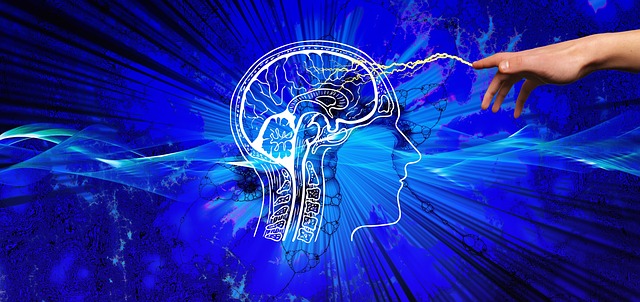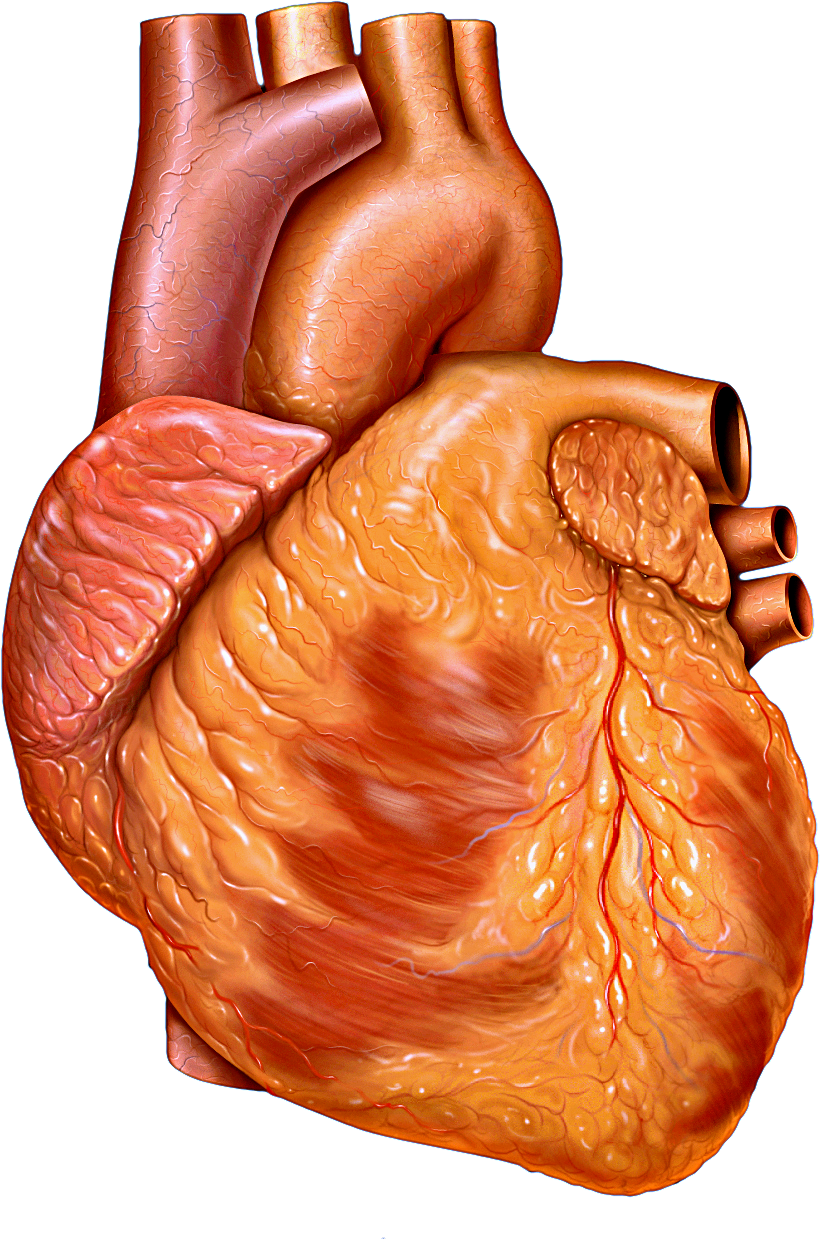Tag: Parts of Body
-
Brain Facts For Kids | Top 15 Mind-Blowing Facts about Human Brain
The brain is probably the most important organ of the human body. At some levels, it can be compared to a very powerful computer. It stores vital information and controls all our movements and reactions. As it turns out, brain is the center of nervous system consequently all the tiniest thoughts and biggest decisions rely…
Written by

-
Heart Facts for Kids | Top 15 Amazing Facts about Heart
Put your hand on the upper left side of your chest, do you feel a thump? That’s your heart beating in your chest. The heart is one of the most important organs in your body. It is a hollow muscle, but what makes it unique and important is what it actually does. The heart is…
Written by

